It seems like everyone has their own method for cooking the perfect steak.
You can grill, oven broil, or even pan-fry. Depending on who you ask, you’ll get a myriad of different answers on how to cook a perfect steak.
Usually, the biggest questions to tackle are which cut of steak to start with, how to marinate or season it, whether you should salt it before or after, and long you should let it cook for. We’ll address these issues here and show you exactly how to cook the perfect steak – every time.
Trying to figure out exactly what to eat on Paleo? Look no further than our FREE 21 Day Paleo Meal Plan.
Grab Our FREE Paleo Meal Plan By Clicking Here!
Cuts of Steaks
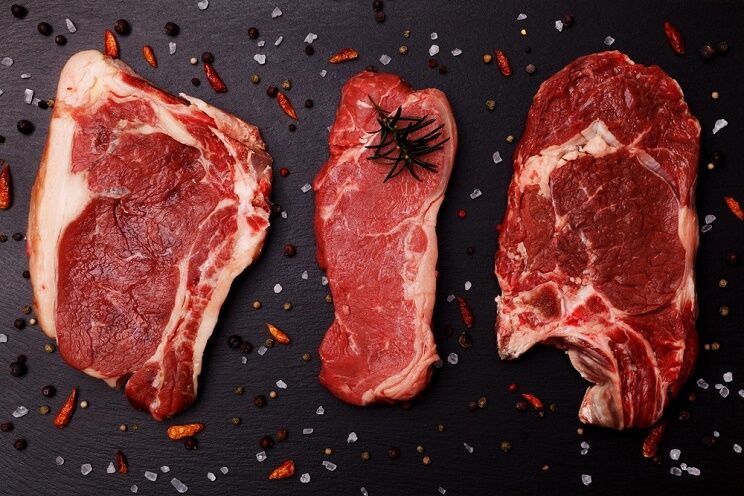
A little further back you’ll find some of the most tender cuts of meat, such as rib steaks, short loin steaks, and sirloin.
Short Loin Steaks
If the short loin steaks you buy have the bone in, they’re called shell steaks. If the bone is out they are called New York strip, Kansas City strip, strip steak, or even sirloin strip steak.
Another cut that comes from this area is the tenderloin, which is then cut into the chateaubriand and filet mignon.
The last types of cut that come from the short loin are the t-bone and the porterhouse. The t-bone is made up of meat from the top loin on one side of the bone, and meat from the tenderloin on the other, while the porterhouse is really just a t-bone with a larger piece of the tenderloin attached to it.
Sirloin Steaks
The sirloin area of a cow is the hip. These types of steaks are usually thin, large, and moderately tender. Famous cuts from here are top sirloins and tri-tips. You can also get round-bone, wedge-bone, flat-bone, and pin-bone steaks from here.
Flank Steaks
From just below the hip, on the cow’s belly, is the flank area. This is where flank steaks come from. This type of steak needs to be cooked to rare quickly and sliced thinly against the grain for the best flavor.
Marinades and Seasonings
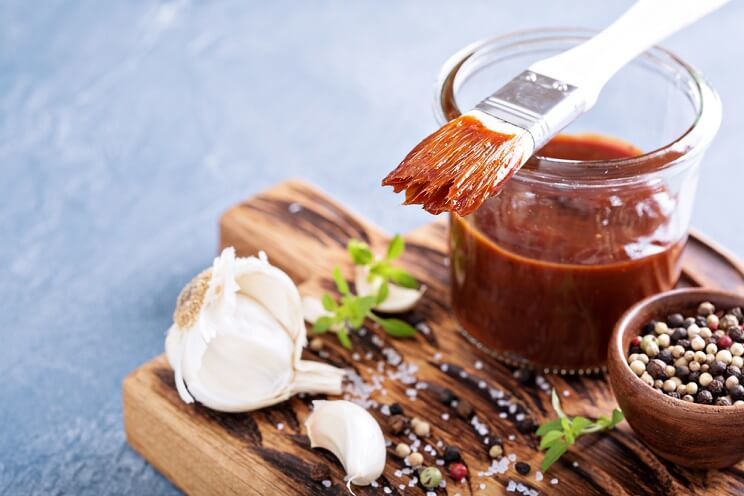
If you go with marinating steaks, they do best in an acidic liquid for up to 24 hours. Additionally, this type of steak should be grilled to medium at the most to avoid toughness.
The best steaks need only salt and pepper for seasoning, although you can make a pan sauce, compound butter, or delicious spice rub if you want to kick it up a notch.
To Salt Before Or After?
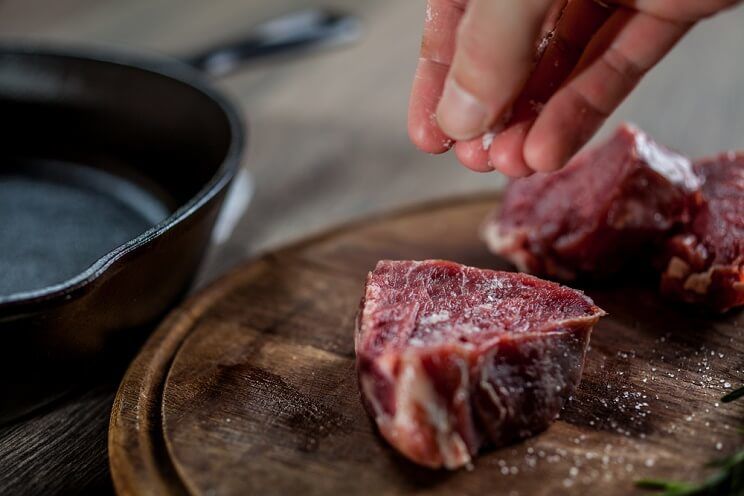
There’s really no reason to salt after you cook the steak; the point is to have it seared or cooked into the surface of the steak.
Cooking Time
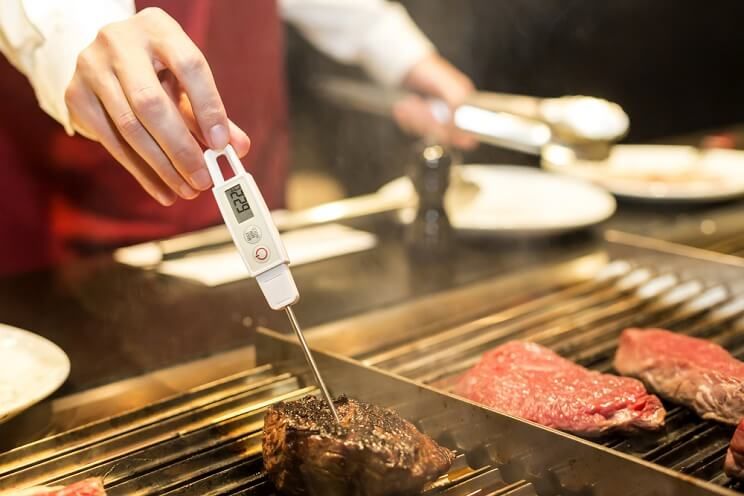
Press Test
The press test requires you to press the center of the steak with your finger. A rare steak will be quite soft. Medium-rare will have some resistance but still lots of give. Medium steak is firm but still has some give in the center. Finally, a well-done steak feels very firm.
Thermometer Test
If you’re using a thermometer, cook to between 115 and 120F for an extra-rare or “blue” rare steak, 125 to 130F for a rare steak, between 130 and 140F for a medium-rare steak, between 140 and 150F for a medium steak, between 150 and 155 for a medium-well steak, and to between 160 and 212 for a well-done steak.
Generally, the best flavor comes when you cook a steak to medium-rare, medium, or medium-well.
Cooking Time Per Side (Grilling):
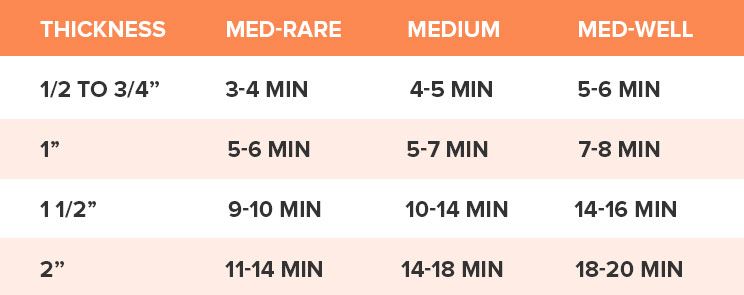
Oven Method
Everyone knows how to grill a steak, right? It’s pretty much a given. We’re going to tell you how to use an oven instead. This is great in the event that the weather is too bad to grill outside, you run out of propane for your BBQ, or someone steals your BBQ. Seriously – it happens.
Perfect Steak Recipe
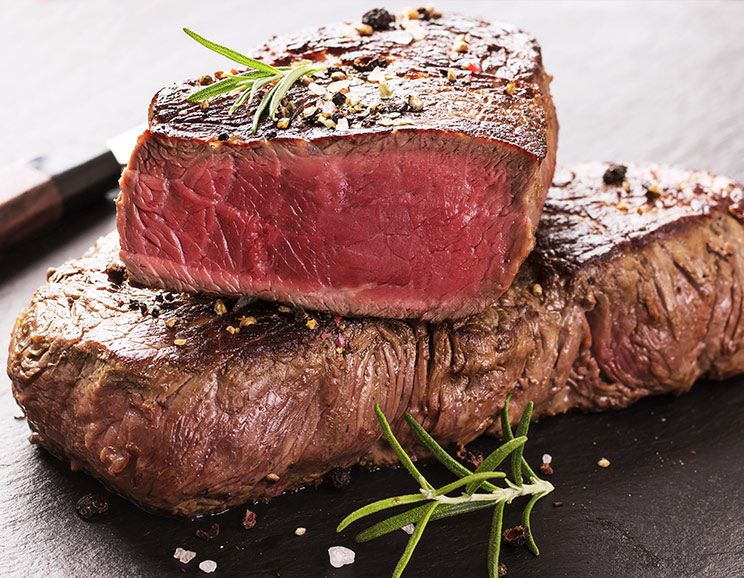
Perfect Steak Recipe
Ingredients
- Approximately 1lb of steak (ribeye, t-bone, or other tender grilling steak) for every two people (1 1/2 - 2' thick)
- 2 T Avocado oil, olive oil, melted tallow or lard
- Salt and freshly ground black pepper, to taste
Instructions
- Take the steak out of the package and blot dry with a paper towel. Let it come to room temperature.
- Turn your oven on to Broil and place the top rack between six and eight inches below the burner. Put your cast iron pan under the broiler as the oven warms up.
- Brush oil on the steak and then season with salt and pepper. Pat the steak so the seasoning sticks.
- Turn the burner to High. Remove the cast iron pan from the oven and place it on the hot burner. Let it heat for a minute, then put the steak on the pan. It should hiss and sizzle immediately.
- Flip after 30 seconds and repeat on the second side.
- Turn off the burner and place the cast iron pan into the oven. Cook the steak for two minutes per side for medium-rare; add one to two minutes per side if you prefer it closer to medium.
- Take the pan from the oven and immediately remove the steak to a large plate. Tent with aluminum foil and let it rest for about five minutes.
- Cut the steak against the grain and fan the pieces out on each serving plate. Serve immediately.
(Read This Next: The Cheat Sheet to Cuts of Beef)


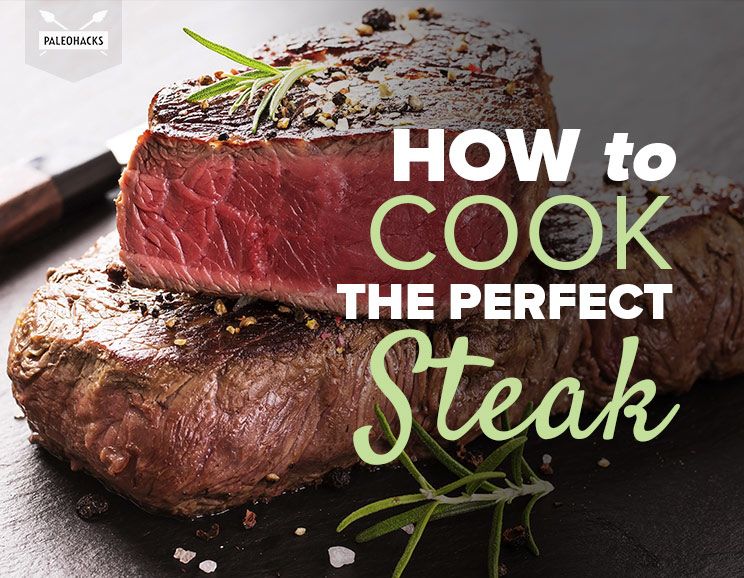




 3-Ingredient Cinnamon Banana Buttons Recipe
3-Ingredient Cinnamon Banana Buttons Recipe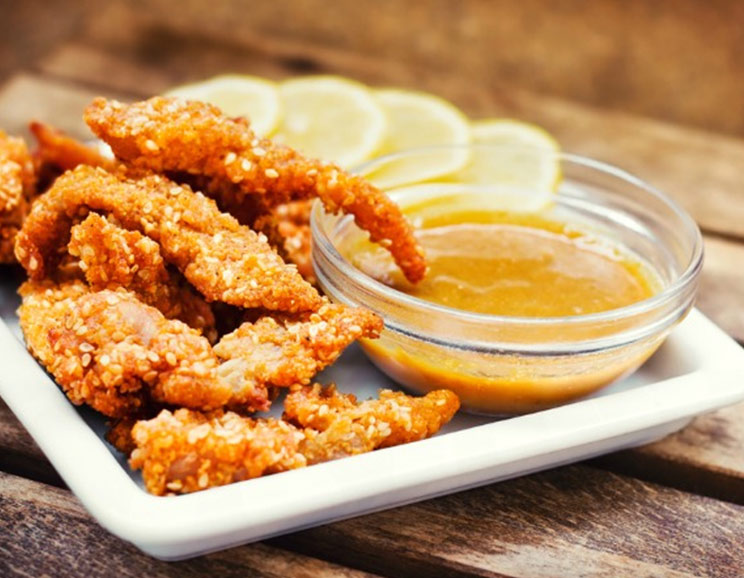
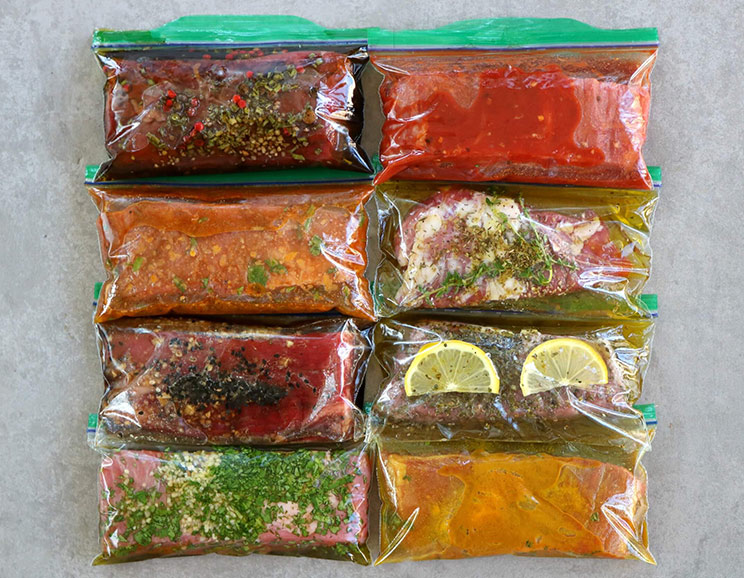


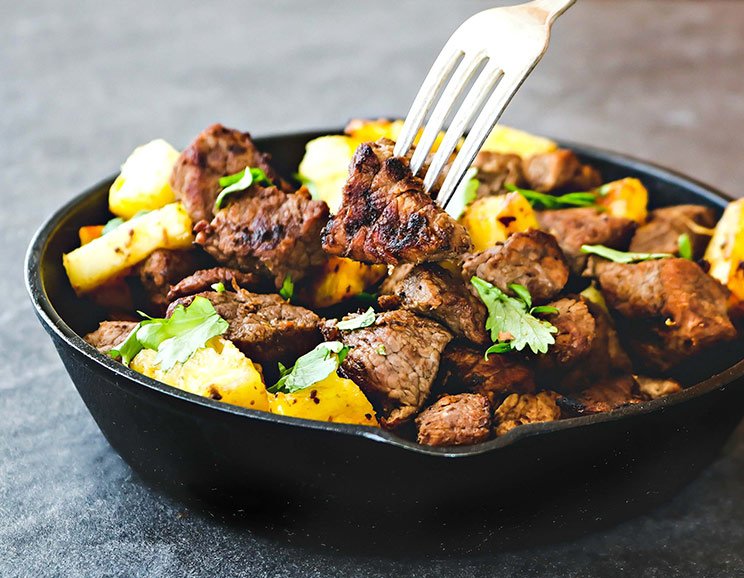

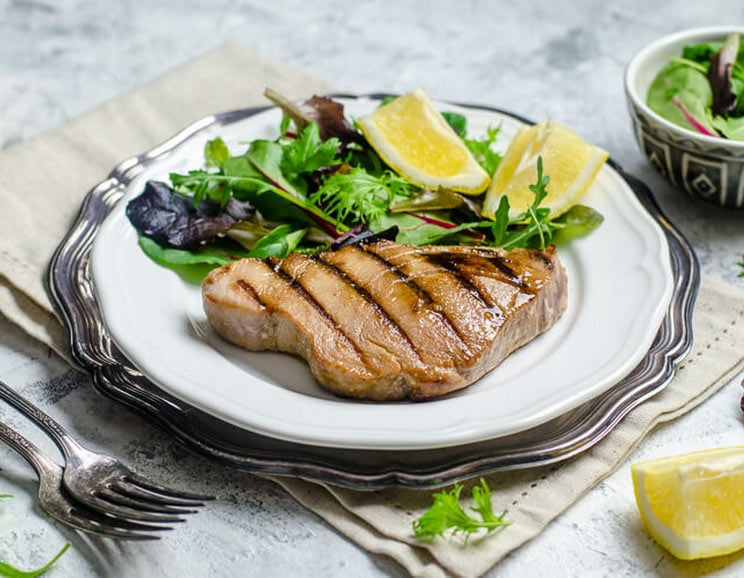
Show Comments